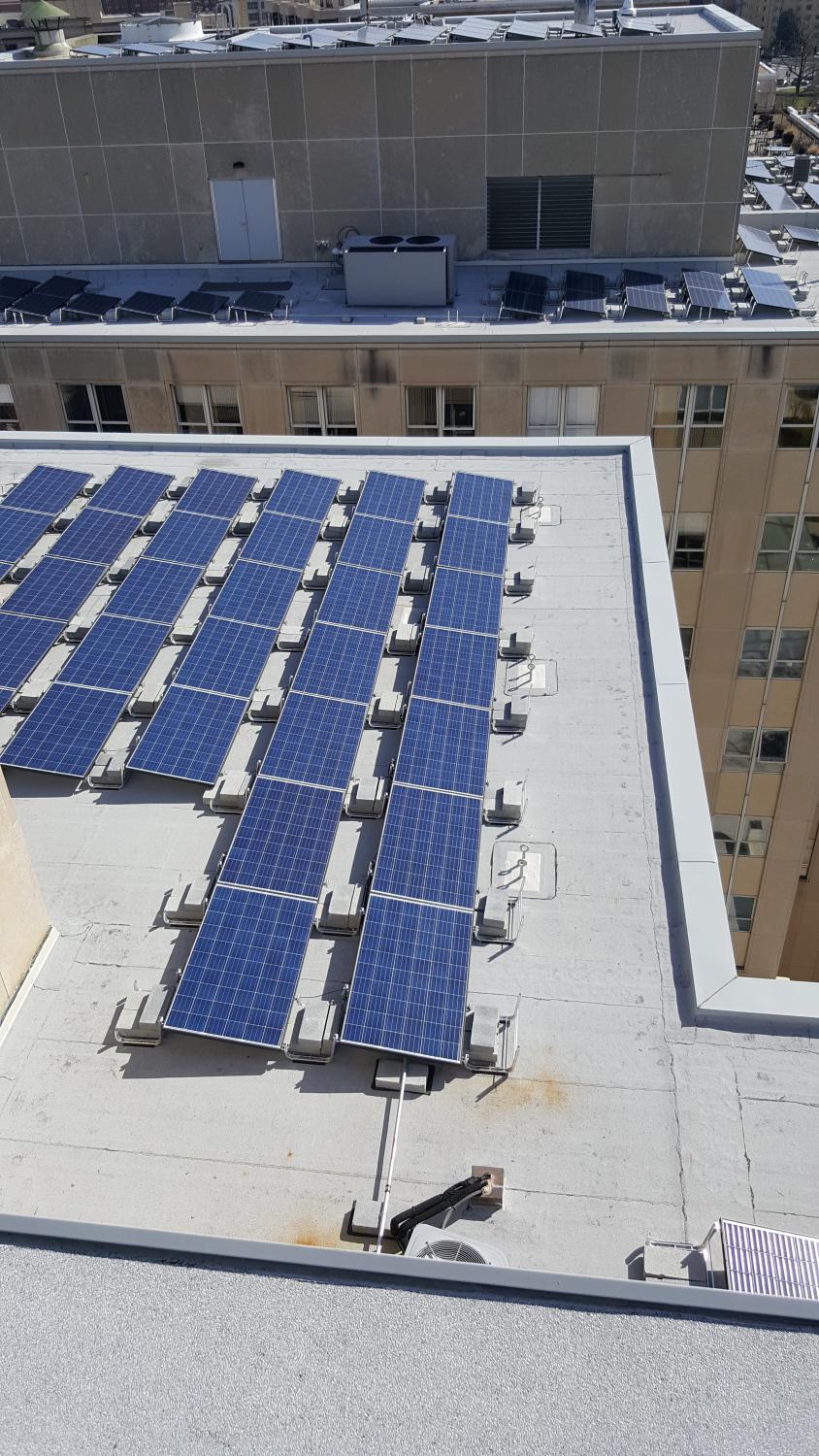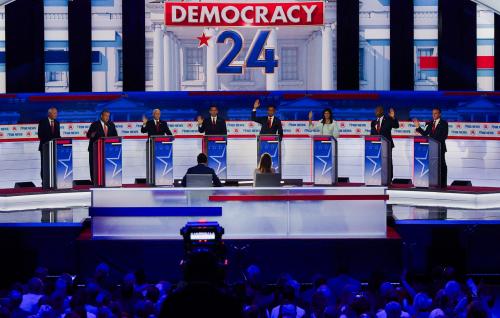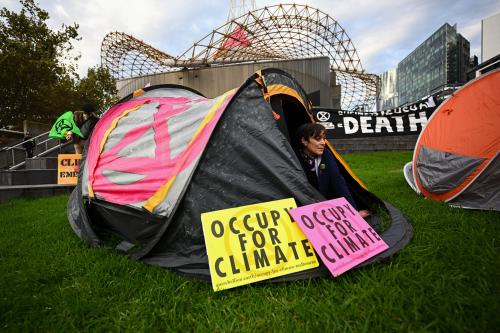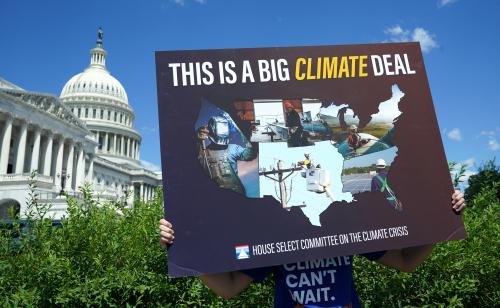Solar is the most dynamic part of the power sector, combining rapid innovation with explosive growth. The price of solar panels has fallen a remarkable 99 percent over the last four decades and new large solar plants continually set size records and embody a remarkable variety of forms, including “floatovoltaics” (floating solar facilities) and solar thermal plants using parabolic mirrors to capture the sun’s energy. More than a million homes in America now have rooftop solar panels installed. In projecting the energy supply of the future, the world is counting on installation of many times more solar capacity than exists today. If solar has not been cost-competitive in the past, there is a widespread faith that it will be in the future.
Phillip Wallach explains how getting from here to there is not, as many people imagine, simply a matter of how much the government decides to push solar along. A few jurisdictions are willing to adopt exceptionally heavy-handed mandates to promote solar, regardless of the cost. But more often, solar’s recent growth has been supported by a complex mix of subsidies and mandates, even as many features of the regulatory environment are stacked against the widespread adoption of solar power, and especially rooftop solar, as technological advances transform it from a protected industry to a level-playing field competitor.
Of course, what it means for solar to compete on equal terms with other kinds of power sources is quite controversial. Intuitively, it seems that it should mean that the price of power for consumers reflects the true costs of generating that power, such that the most cost-effective source will win out.
But that intuition can’t take us very far, for two reasons:
- First, discovering the “true” costs of power generation and transmission is considerably more fraught than it initially seems.
- Second, focusing only on current delivery costs assumes a one-way flow of power from commercial producers to consumers, when in fact the smart grid of the future will support a far more complex set of interactions between baseload producers, distributed generation producers and storers, providers of “auxiliary services” to the grid, and grid and transmission utilities.
Assessing the costs and benefits of particular changes to the grid requires making assumptions about the future shape of the grid, so that there is no neutral meaning of a “level playing field” independent of some vision of how the grid will develop.
Policymakers considering the many issues affecting solar power should confidently envision rooftop solar playing an important role in the grid of the future and act accordingly. In many cases, that means rejecting intuitive and straightforward cost estimates that effectively lock our present grid configuration into place. It also means reconsidering a regulatory structure that often favors conventional utilities to the detriment of upstart contributors. Technology has changed, so that what was once basically a natural monopoly has now become unnatural. Regulations that made sense in the past now actively stifle innovations that have the potential to leave everyone better off by producing a more environmentally friendly and resilient power grid.
This brief paper by Wallach explores level-playing-field considerations in three issue areas crucial to the future of rooftop solar: pricing, subsidies, and fees; financing and tax treatment; and building codes, zoning, and regulatory barriers. In each, it shows that homeowners considering rooftop solar encounter features of the legal environment that make investing more difficult. Such discouraging policies ultimately stand in the way of development and ought to be priorities for policymakers to address. Since many of these policies are at the state and local level, they also offer opportunities for improvement even if solar becomes stuck in a partisan morass at the federal level.




